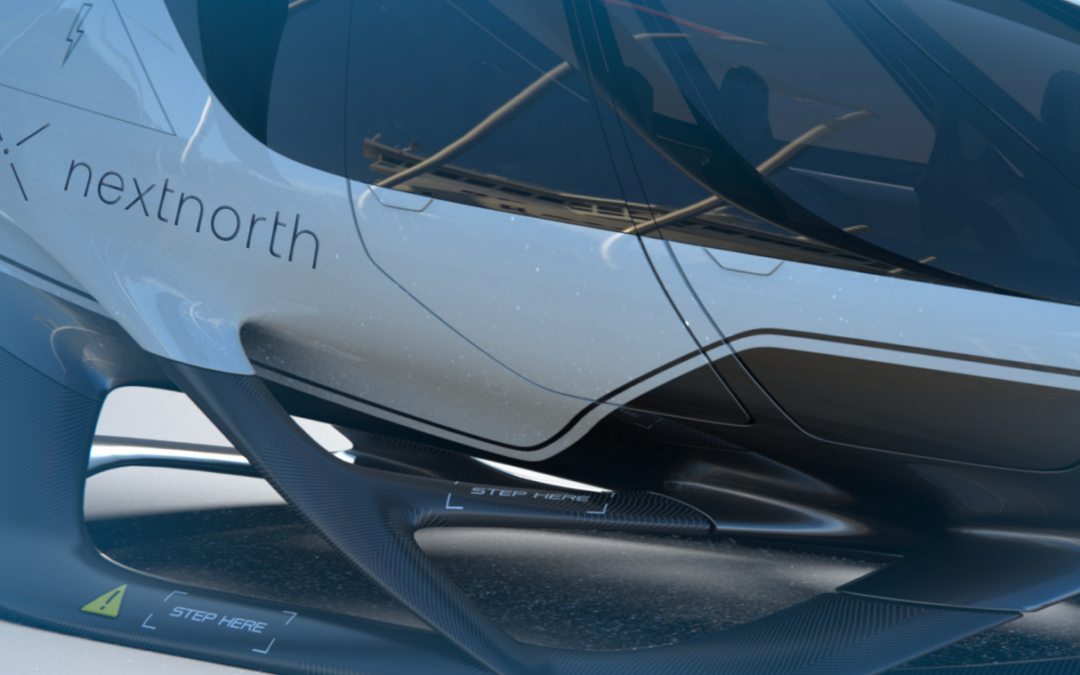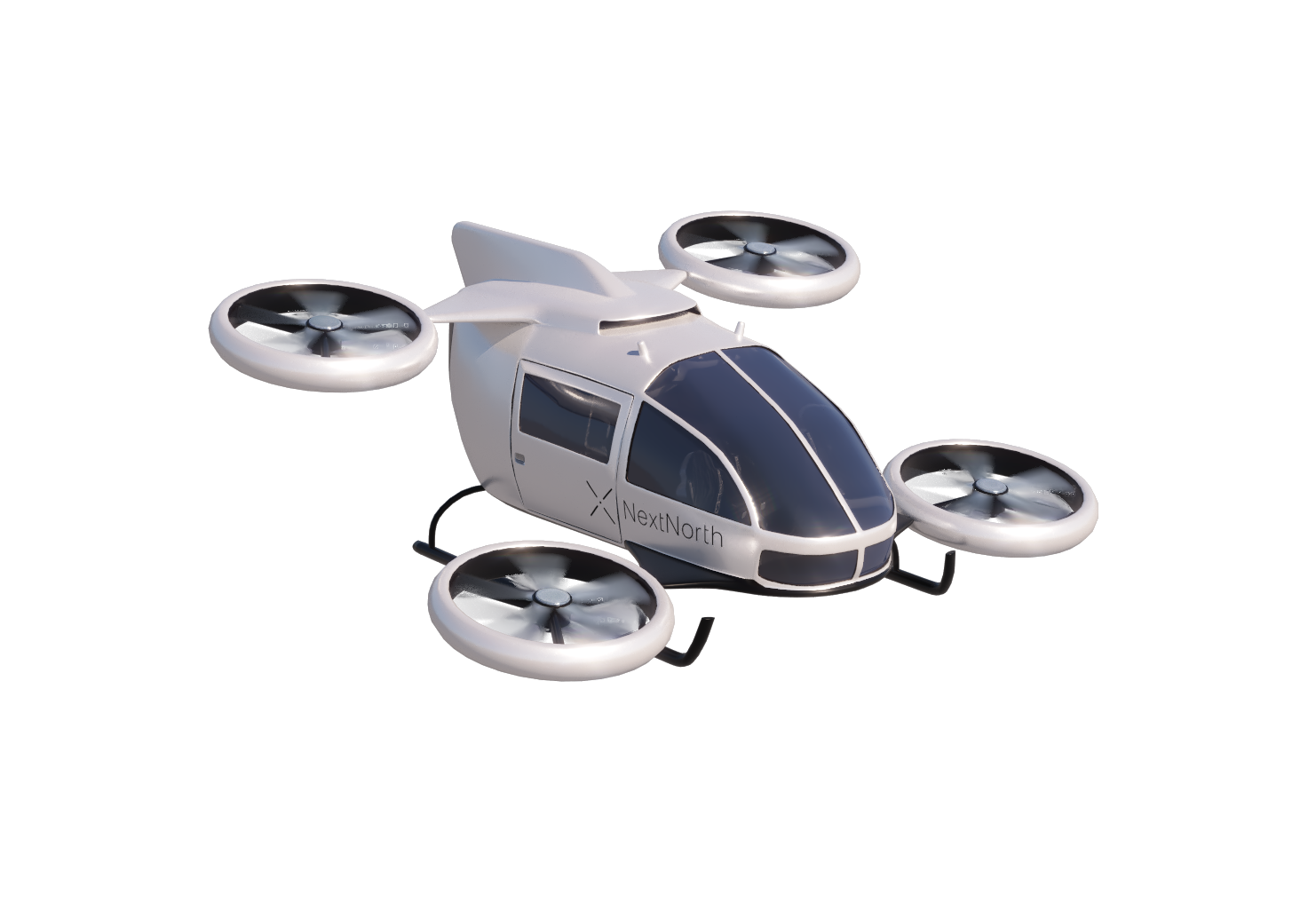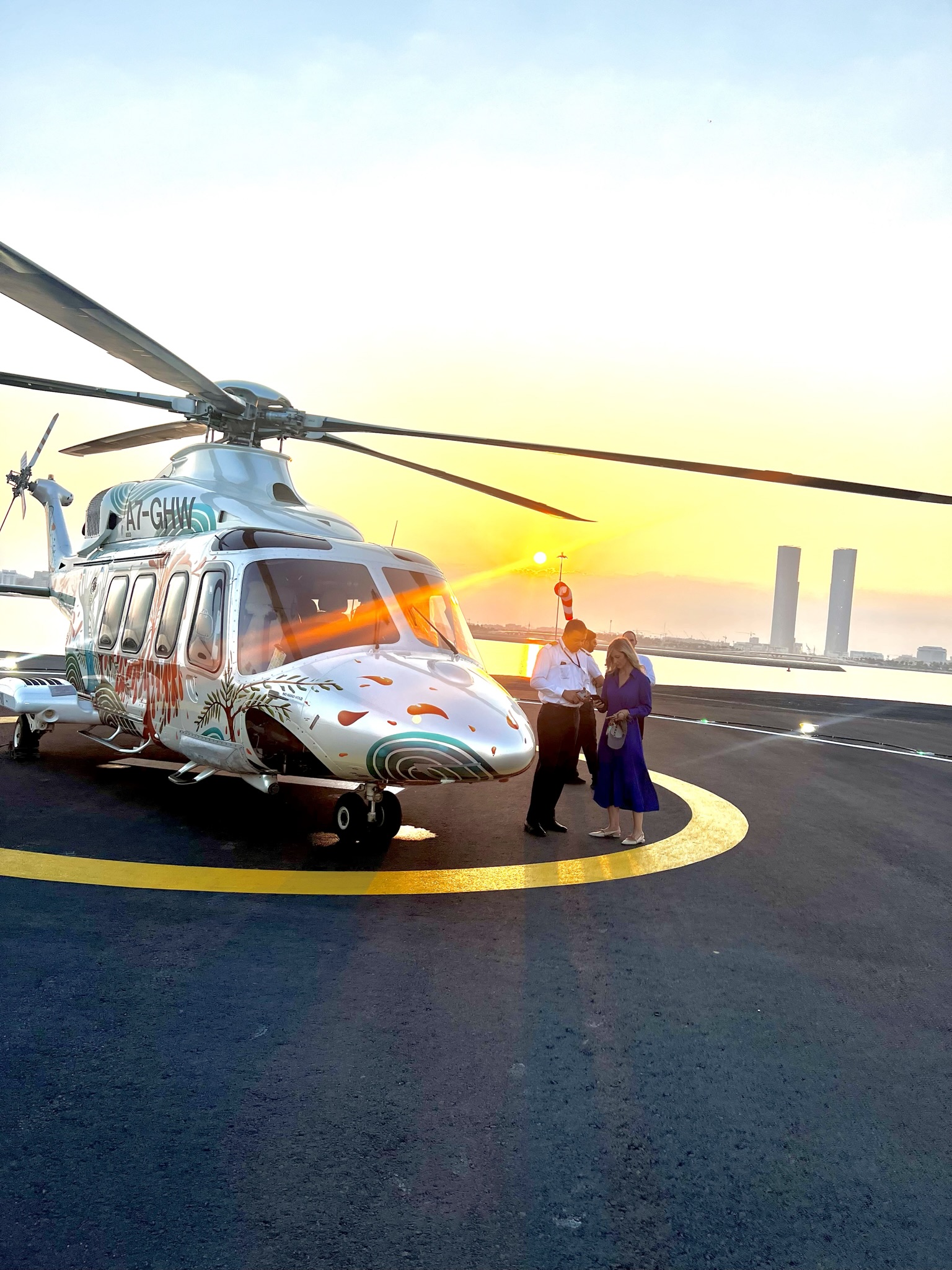
Title: The Future of Urban Air Mobility: eVTOL and UTM Regulations
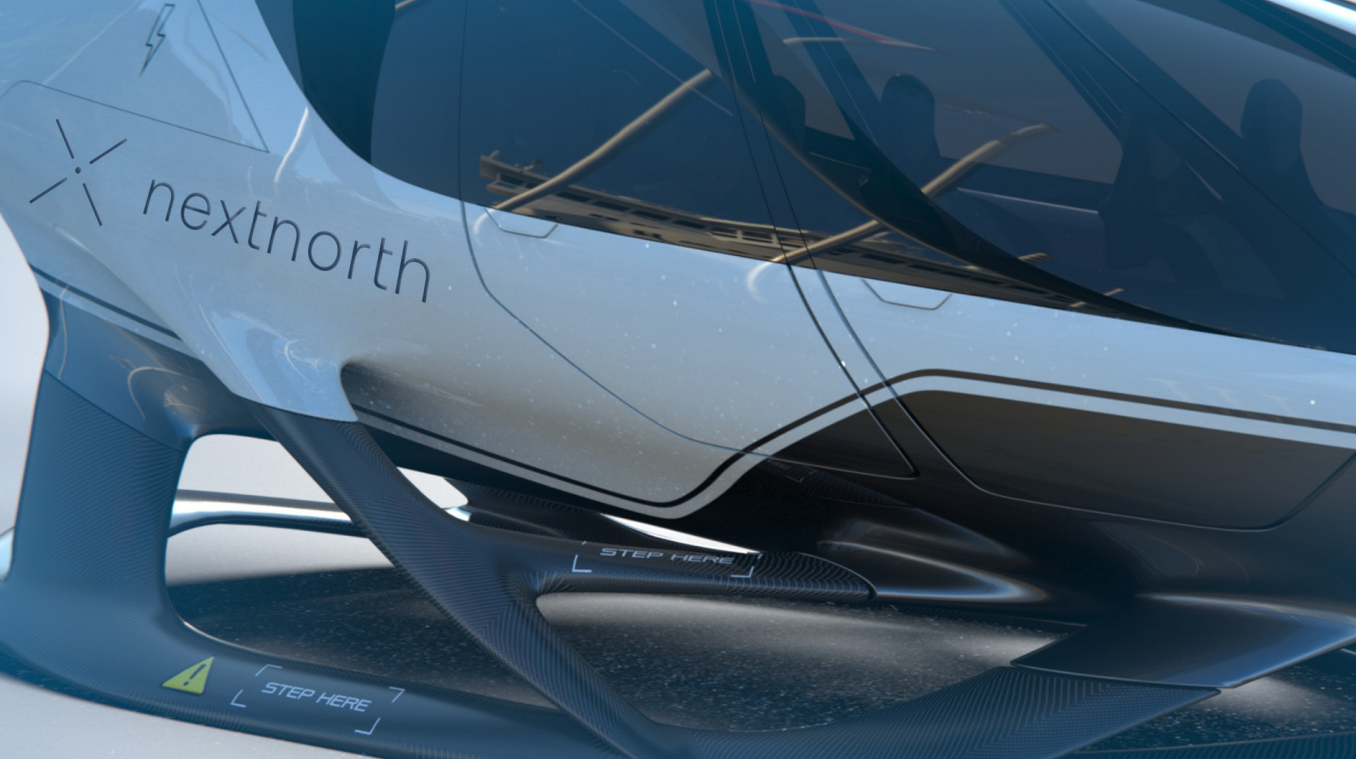
The urban air mobility (UAM) landscape is evolving rapidly, with electric vertical takeoff and landing (eVTOL) aircraft leading the charge. These innovative vehicles are set to transform transportation, making it faster, cleaner, and more efficient. However, the widespread adoption of eVTOLs calls for robust air traffic management systems to ensure safety and efficiency. In this post, we’ll delve into the Unmanned Aircraft System Traffic Management (UTM) regulations and their impact on the eVTOL industry.
What is UTM and its importance for eVTOL? Unmanned Aircraft System Traffic Management (UTM) is a set of regulations and procedures designed to manage the safe integration of unmanned aircraft systems (UAS) – including eVTOL aircraft – into the airspace. With eVTOLs expected to operate at low altitudes and within urban environments, it is crucial to have a system that efficiently manages traffic, prevents mid-air collisions, and ensures the safety of those on the ground.
UTM is essential for the growth of the eVTOL industry, as it will:
- Streamline traffic management in densely populated areas.
- Enhance safety by providing real-time situational awareness for pilots and air traffic controllers.
- Facilitate communication and data sharing between stakeholders, including eVTOL operators, regulatory agencies, and service providers.
- Enable the automation of certain air traffic management tasks, reducing the workload on human operators.
The result has been a surge in homegrown EVoTL startups and the establishment of cutting-edge research facilities, paving the way for a new era in advanced transportation systems.
Key UTM regulations for eVTOL operations:
-
Remote Identification (Remote ID): Remote ID is a crucial element of UTM, requiring eVTOLs to broadcast their identity, position, and other relevant information. This enables other airspace users and regulatory authorities to identify and track the aircraft, promoting safety and security.
-
Detect and Avoid (DAA) Systems: eVTOLs must be equipped with DAA systems that can identify and avoid potential collisions with other aircraft or obstacles. This technology is vital for maintaining safety within the airspace, especially in crowded urban environments.
-
Communication and Data Exchange: Seamless communication between eVTOLs, air traffic controllers, and other stakeholders is essential for efficient UTM. Regulations require reliable communication links and data exchange protocols to ensure that everyone involved has access to the necessary information.
-
Operator Certification and Training: eVTOL operators must undergo rigorous certification and training processes to ensure they can safely manage their fleets. This includes understanding UTM regulations and having the appropriate technical and operational knowledge.
-
Compliance with Local and International Airspace Regulations: eVTOLs must adhere to existing airspace regulations, such as altitude restrictions, no-fly zones, and traffic management procedures. As the industry evolves, it’s likely that these regulations will be adapted to accommodate eVTOL operations.
eVTOL and UTM Regulations
The future of urban air mobility relies heavily on the successful implementation of UTM regulations. These rules will ensure that eVTOLs can operate safely and efficiently within crowded urban environments, paving the way for a cleaner, faster, and more accessible transportation system. As the eVTOL industry continues to grow, regulatory authorities and stakeholders must work together to develop and refine UTM systems that meet the demands of this emerging technology.
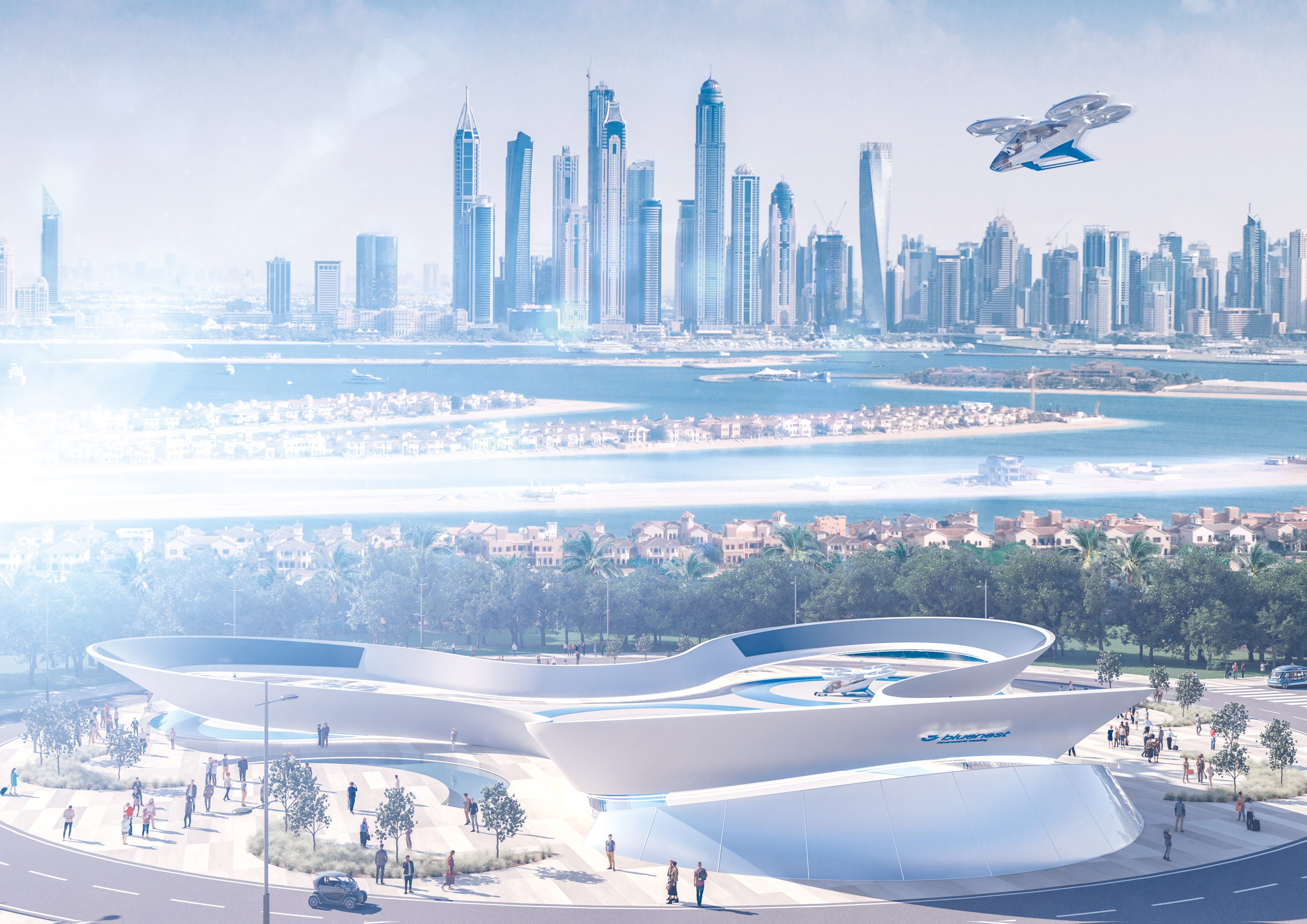
Related Articles
Related
Revolutionizing Urban Mobility: Tackling Modern Transportation Challenges
There are three key determinants of modern-day transportation challenges:
1.INCREASING CONGESTION, WASTED TIME AND FRUSTRATION:
Traditional transportation systems fail to keep up with the rapid urbanization. These systems are also plagued by congested roads, leading to wasted hours and increased stress.
2. CONNECTIVITY AND ACCESSIBILITY:
Some areas are difficult to access due to geographical barriers, inadequate ground infrastructure, or other limitations.
3. ENVIRONMENTAL CRISIS:
Vehicular emissions contribute to hazardous air pollution, posing a severe threat to our health and the
planet’s well-being
It’s time for a transformative leap forward and bringing the third dimension: Advanced Air Mobilty where NextNorth brings the uber of the skies
NextNorth offers a techology-based air taxi alternative to ground transportation, reducing travel times and bringing a new sustainable and cost-effective mobility.
Soaring above the Tourism Trends: How Urban Air Mobility will define the Future of Travel
The global tourism industry is evolving and adapting to new trends and changes in travelers’ habits and preferences, with a primary focus on:
Good quality-price relationship and to travel to nearby destination
Sustainable tourism, where carbon footprint offsetting and the search for more committed and responsible tourism services are key topics for tourists.
Technology throughout the journey: from the search process and travel booking to all the experiences during the trip.
Authentic experiences (known as «revenge travel»).
Health and wellness tourism, featuring longer trips with fewer obligations and more time to relax and recharge
Customized trips where tourists have a personalized experience.
Luxury tourism, where tourists require the services of travel agents and consultants to plan their trip
The Pioneering EVoTL Revolution in Qatar: Soaring into the Future
The transportation landscape in Qatar has been witnessing a revolutionary transformation, thanks to the rapid adoption of Electric Vertical Takeoff and Landing (EVoTL) systems. As an emerging hub for cutting-edge technology and innovation, Qatar is pioneering the...
Join
Subscribe For Updates & Offers
Get uptaded

